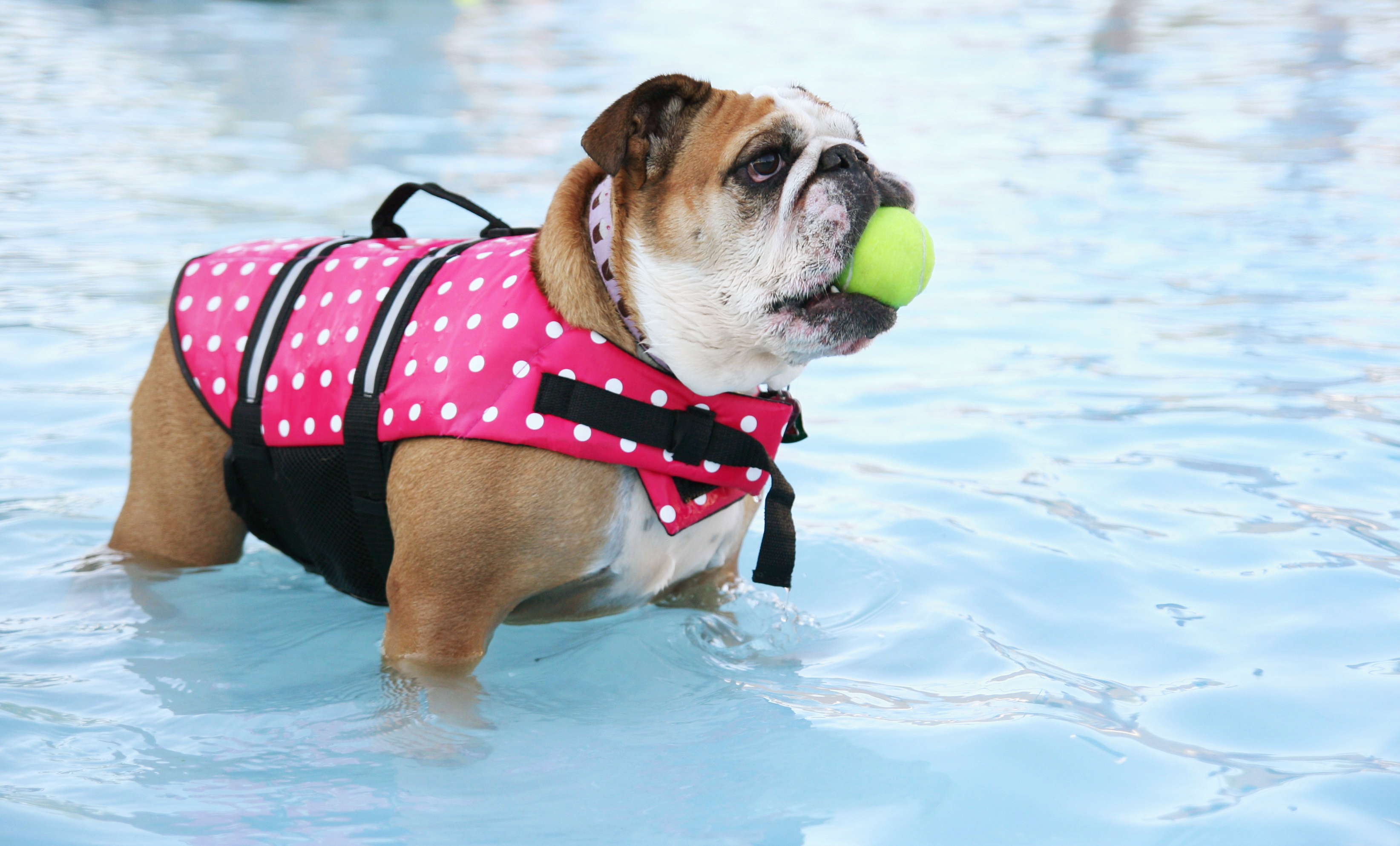 Hot weather can make us all uncomfortable, and it poses special risks for your dog. Keep the following safety concerns in mind as the temperature rises, and follow our Heat Safety Tips for Dogs to keep your dog cool.
Hot weather can make us all uncomfortable, and it poses special risks for your dog. Keep the following safety concerns in mind as the temperature rises, and follow our Heat Safety Tips for Dogs to keep your dog cool.
Heat Hazards
If your dog is outside on a hot day, make sure he has a shady spot to rest in. Doghouses are not good shelter during the summer as they can trap heat. You may want to fill a child’s wading pool with fresh water for your dog to cool off in.
Never leave your dog in a closed vehicle on a hot day. The temperature inside a car can rise to over 100 degrees in a matter of minutes.
Always provide plenty of cool, fresh water.
Avoid strenuous exercise on extremely hot days. Take walks in the early mornings or evenings, when the sun’s heat is less intense.
Try to avoid prolonged exposure to hot asphalt or sand, which can burn your dog’s paws.
Dogs that are brachycephalic (short-faced), such as Bulldogs, Boxers, Japanese Chins, and Pekingese, have an especially hard time in the heat because they do not pant as efficiently as longer-faced dogs. Keep your brachycephalic dog inside with air-conditioning.
Heatstroke
Heatstroke can be the serious and often fatal result of a dog’s prolonged exposure to excessive heat. Below are the signs of heatstroke and the actions you should take if your dog is overcome.
Early Stages:
- Heavy panting.
- Rapid breathing.
- Excessive drooling.
- Bright red gums and tongue.
- Standing 4-square, posting or spreading out in an attempt to maintain balance.
Advanced Stages:
- White or blue gums.
- Lethargy, unwillingness to move.
- Uncontrollable urination or defecation.
- Labored, noisy breathing.
- Shock.
If your dog begins to exhibit signs of heatstroke, you should immediately try to cool the dog down:
- Apply rubbing alcohol to the dog’s paw pads.
- Apply ice packs to the groin area.
- Hose down with water.
- Allow the dog to lick ice chips or drink a small amount of water.
- Offer Pedialyte to restore electrolytes.
Check your dog’s temperature regularly during this process. Once the dog’s temperature has stabilized at between 100 to 102 degrees, you can stop the cool-down process.
If you cannot get the dog cooled down and you begin to see signs of advanced heatstroke, take the dog to the veterinarian immediately.
Source: AKC.org
Click here to read more on Beach Tips, Water Safety & Traveling Tips for your dogs!